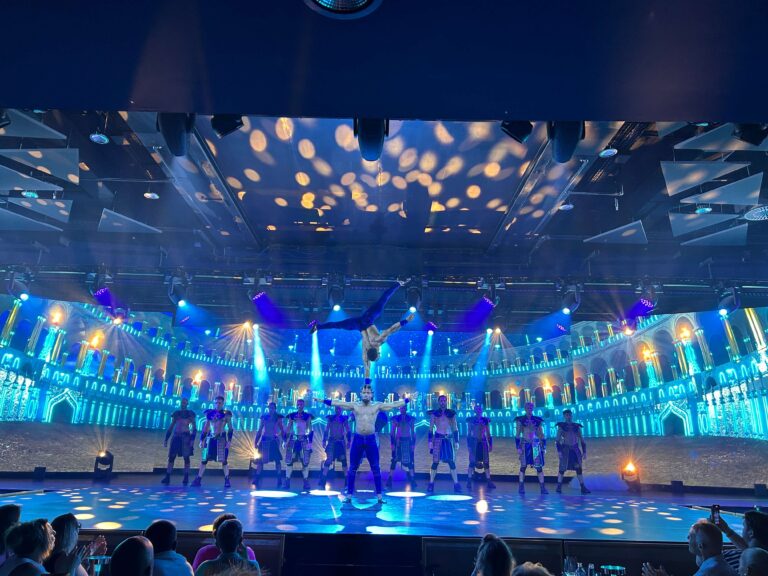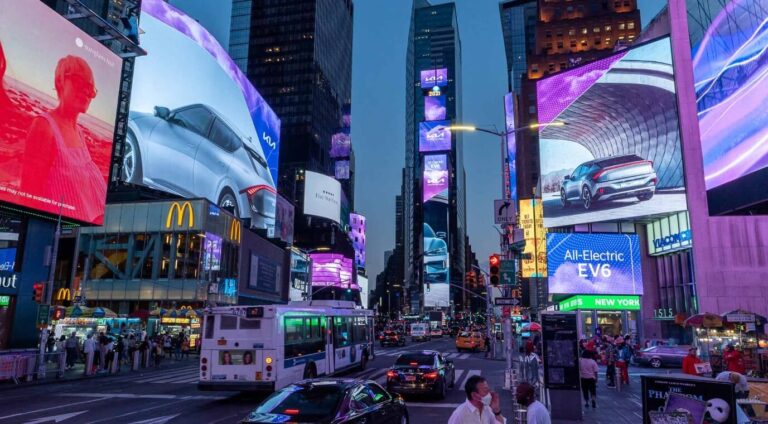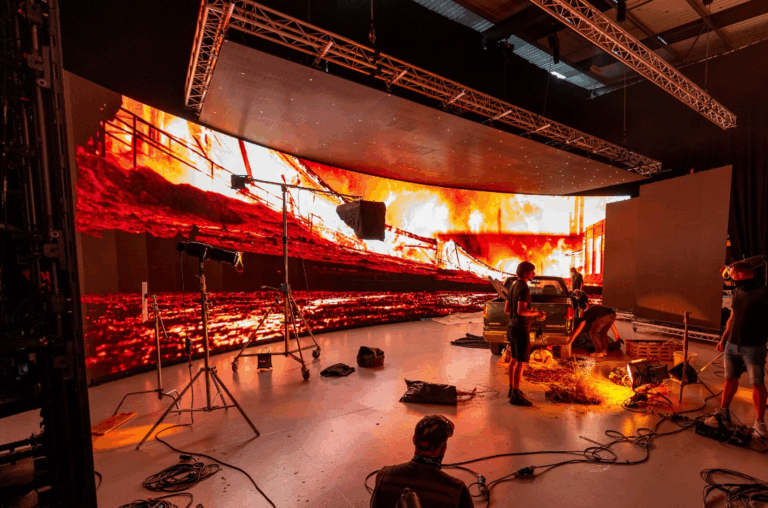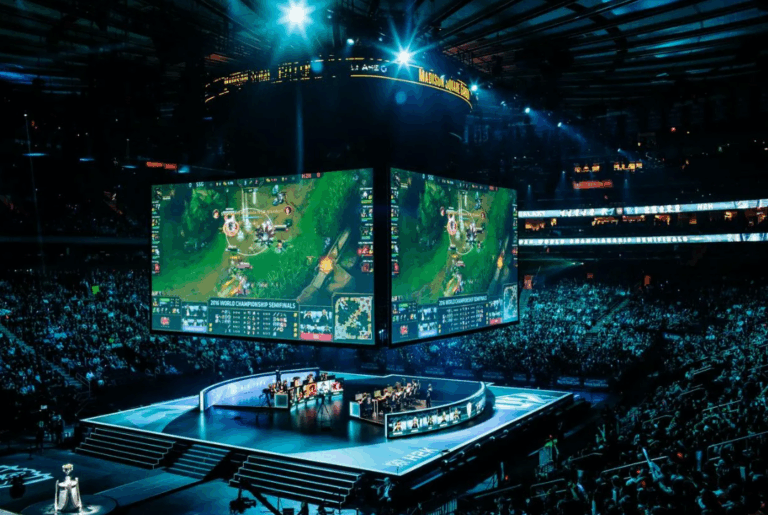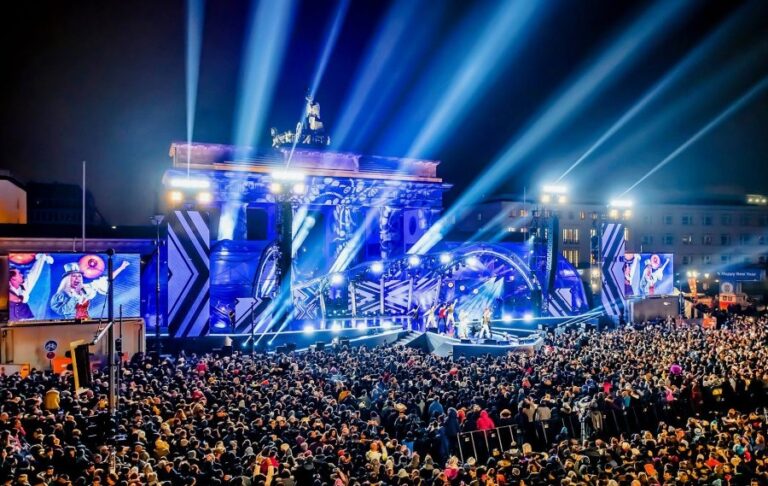Table of Contents
ToggleTable of Contents
-
What is a Portable LED Display?
-
Portable LED Display vs. Traditional LED Display
-
Application Scenarios
-
Price Range & Influencing Factors
-
Buying Guide
According to market research reports, portable LED display screens have seen widespread use in exhibitions and events in recent years, particularly in settings requiring temporary setup and dynamic content presentation (Source: Statista, 2024).
1. What is a Portable LED Display?
As the name suggests, a portable LED display is a lightweight, easy-to-transport LED device designed for quick assembly and disassembly. Typically featuring modular design, these screens can be easily connected to form various sizes and are integrated with built-in control systems and power management. Even non-professionals can operate them with minimal effort.
Unlike traditional fixed-installation LED displays, portable LED screens emphasize mobility, flexibility, and convenience, making them ideal for temporary events, the rental market, and frequently changing venues.
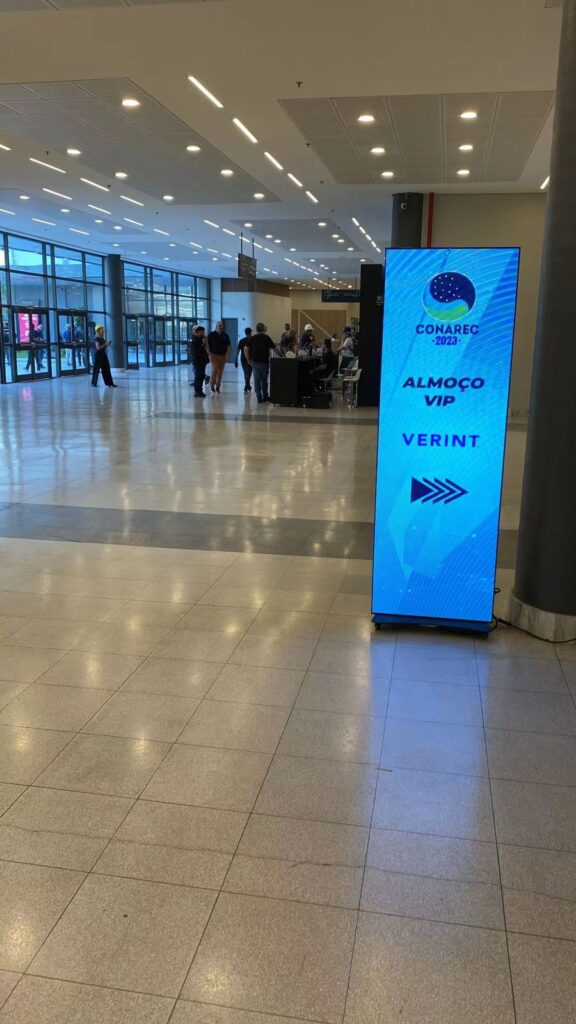
2. Portable LED Display vs. Traditional LED Display
To better understand the benefits of portable LED displays, let’s compare them with traditional (fixed-installation) LED displays:
| Feature | Portable LED Display | Traditional LED Display |
|---|---|---|
| Installation | Quick splicing, standalone or simple suspension | Requires steel structure, fixed to wall or frame |
| Mobility | Very high; easy to move and reuse | Very low; rarely moved after installation |
| Weight | Lightweight; optimized for portability | Heavy; requires strong support structure |
| Use Cases | Rentals, exhibitions, shows, temporary events, roadshows | Outdoor advertising, stadiums, transport hubs, commercial display |
| Structural Design | Modular, foldable, easy to assemble/disassemble | Integrated or large units; focused on structural stability |
| Maintenance | Front-access or quick module replacement | May require tools or technicians |
| Investment | Higher initial cost, but high turnover and quick ROI | High upfront and installation costs |
Clearly, portable LED displays excel in flexibility, rapid deployment, and reusability, while traditional ones prioritize long-term, stable, large-scale display.
3. Application Scenarios
Thanks to their unique advantages, portable LED screens are widely used in various sectors:
-
Rental Market: One of the primary markets. Rental companies deploy these screens for corporate events, product launches, weddings, and celebrations, providing customized visual solutions.
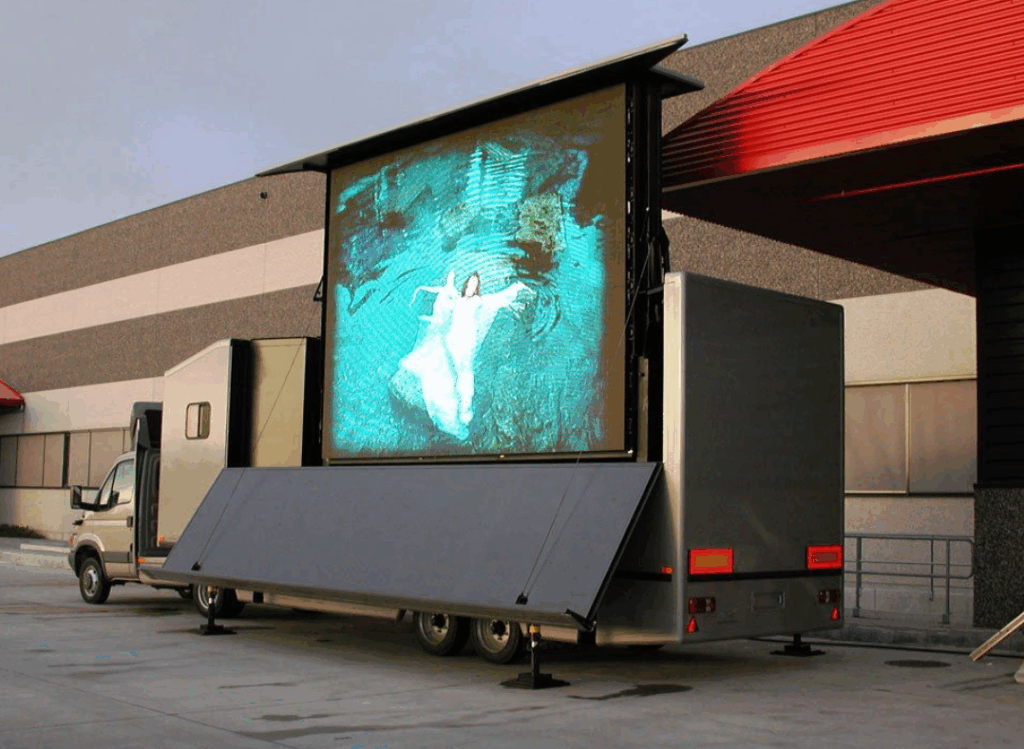
-
Exhibitions & Conferences: Used as booth backdrops, info boards, or interactive displays to attract attention and improve presentation effects.
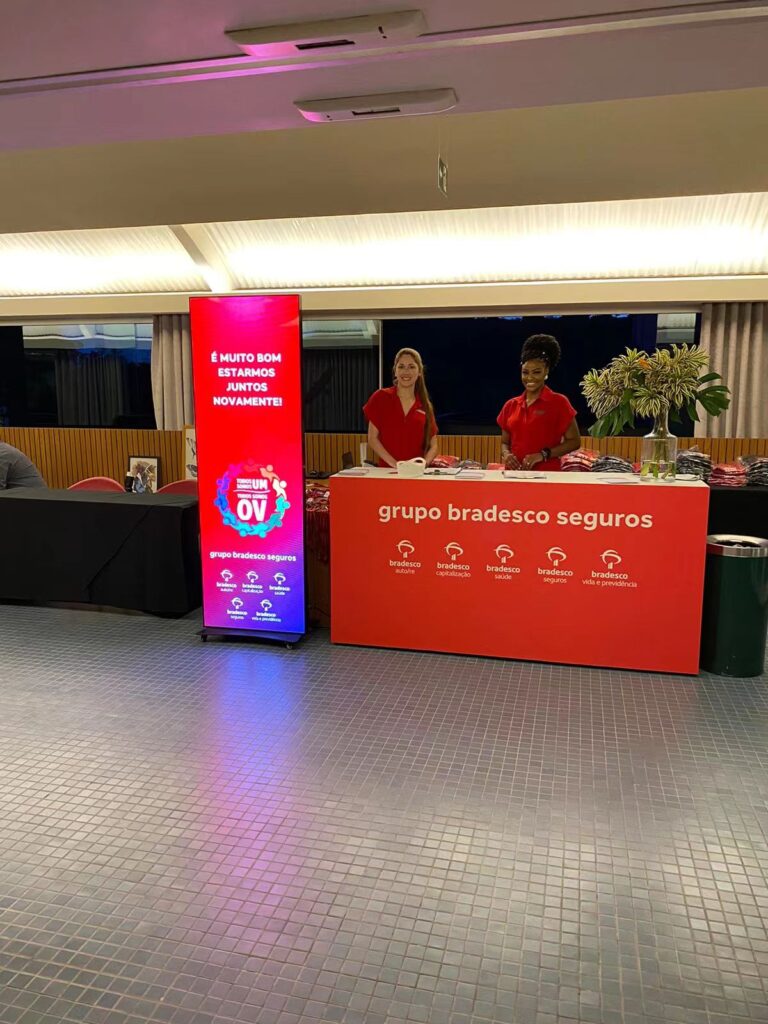
-
Sports & Entertainment: Concerts, music festivals, sports events use them as stage backdrops, scoreboards, or live screens to enhance the immersive experience. Many large concerts use fast-assembling portable LED modules.
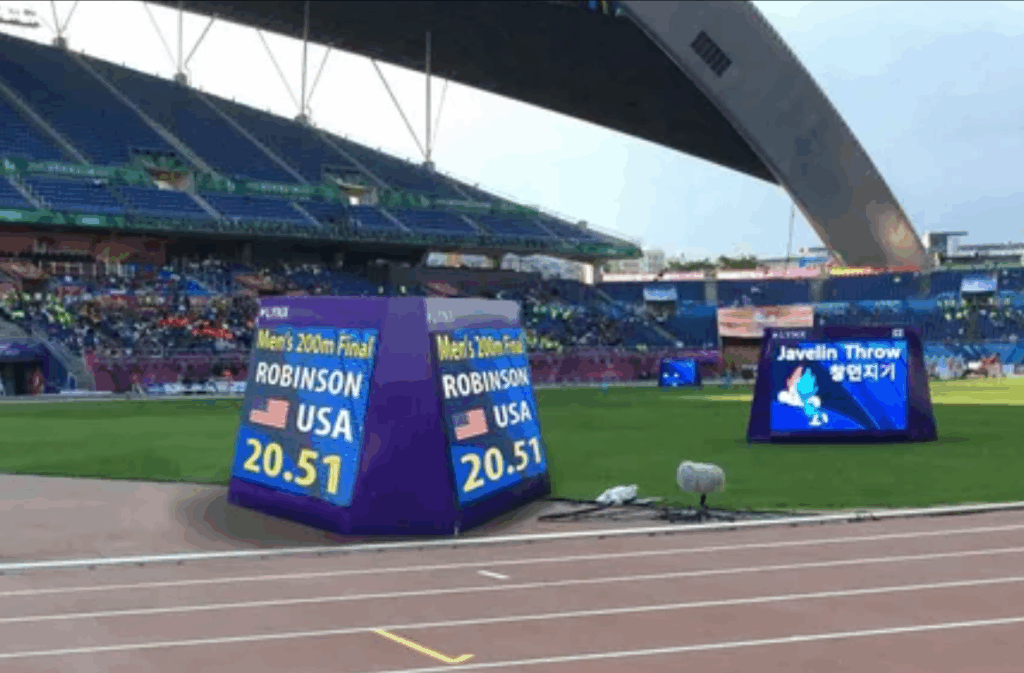
-
Brand Roadshows: Companies touring nationally to launch new products or promote brands use portable LED displays for high-quality dynamic presentations that draw attention.
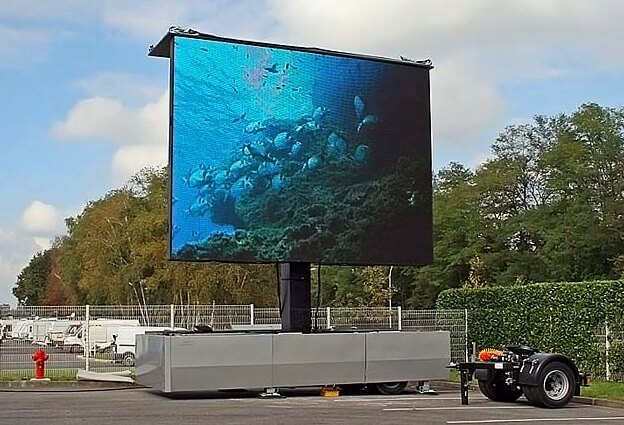
-
Retail & Malls: Ideal for temporary promotions or new product releases thanks to fast setup and takedown. They are often used to display ads in shopping centers or stores.
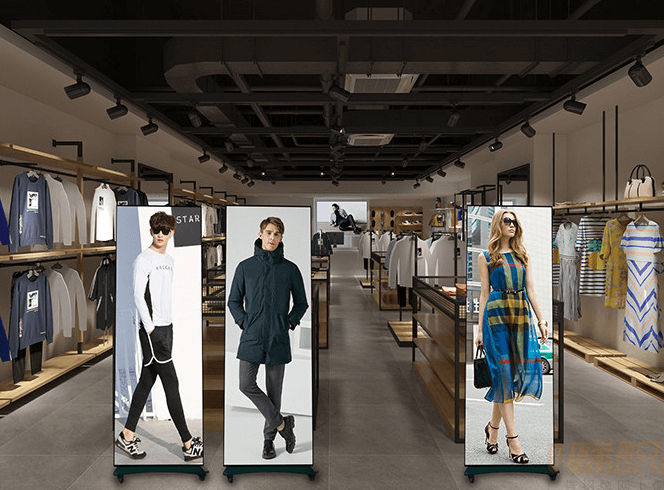
-
Airports: Suitable for information display and advertising in transit hubs.
4. Price Range & Influencing Factors
Portable LED screen prices vary widely, from several hundred to over ten thousand RMB per square meter. Key factors include:
-
Pixel Pitch: Most critical factor. Smaller pitch = higher resolution = higher cost. For example, P1.5mm has 422,500 pixels/m² vs. P2.5mm’s 160,000 pixels/m².
-
Screen Size: Larger screens cost more overall, though pricing is usually per square meter.
-
LED Quality: Well-known brands with quality LEDs provide better brightness, consistency, and durability. SoStron sPoster offers SMD and COB options; COB offers better protection.
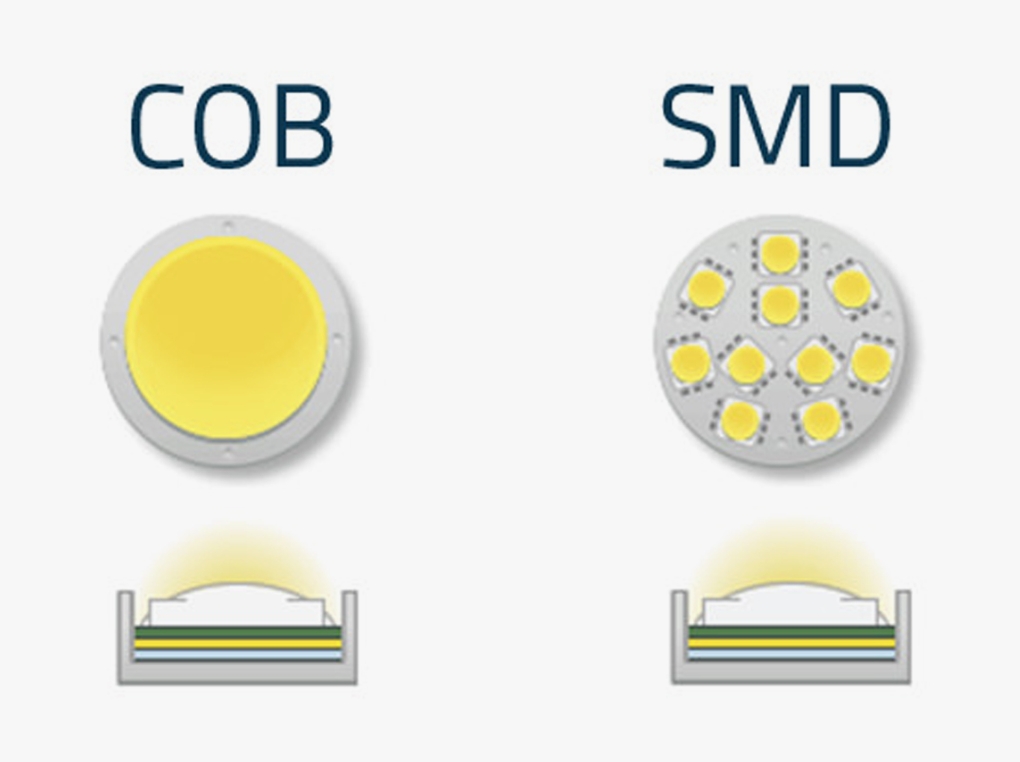
-
Refresh Rate & Grayscale: High refresh (e.g., 7680Hz with 14-bit processing like SoStron sPoster) results in smoother and richer visuals—especially important when filmed.
-
IP Rating: Outdoor use demands higher protection (e.g., SoStron sPoster is IP43, suitable for indoor/semi-outdoor use).
-
Cabinet Design: Lightweight aluminum cabinets are more expensive but better for portability and heat dissipation (SoStron sPoster uses 45kg aluminum cabinet).
-
Control Systems: Video processors, sending/receiving cards affect total cost.
-
Brand & Service: Top brands offer better after-sales support, which may reflect in the price.
-
Purchase Volume: Bulk orders typically receive discounts.
Market Reference:
According to TrendForce 2024 Global LED Display Market Report, the global LED display market is projected to reach $9.7 billion in 2024. Though there’s no precise market share for portable LED displays, their demand in rentals and event industries is growing rapidly.
5. Buying Guide
To choose the right portable LED display, consider the following:
-
Use Case:
-
Indoor vs. Outdoor: Outdoor requires higher brightness and waterproofing (IP65+). SoStron sPoster is IP43.
-
Viewing Distance: Close-up (e.g., conferences) needs fine pitch (P2.5 or less); distant viewing (e.g., concerts) can use P3+.
-
Size Needed: Match screen size to venue and audience. SoStron sPoster standard is 640mm x 1920mm.
-
Mobility: Choose foldable, easy-to-assemble units. SoStron sPoster offers foldable design and wireless connection.
-
-
Pixel Pitch:
-
P1.5mm–P2.5mm: Ideal for close viewing like trade shows or events. SoStron sPoster covers these specs.
-
-
Display Performance:
-
Brightness: Indoor (800–1500 nits), outdoor (5000+ nits). SoStron sPoster supports 600–1000 nits.
-
Refresh Rate: Over 1920Hz is good; 3840Hz+ preferred. SoStron sPoster has 7680Hz.
-
Grayscale: Higher grayscale ensures vivid colors (SoStron supports 14-bit).
-
Color Uniformity: Important for consistent visuals.
-
-
Cabinet Design:
-
Material: Die-cast aluminum is ideal—lightweight, durable, good cooling.
-
Quick Locking: Simplifies installation. SoStron sPoster supports foldable and wireless assembly.
-
Maintenance: Front access simplifies repair and module swaps.
-
-
Reliability:
-
Cooling: Good heat dissipation prolongs lifespan.
-
IP Rating: Outdoor = IP65+.
-
Lifespan: Aim for 100,000 hours.
-
-
Brand & Service:
-
Choose experienced vendors with solid after-sales support (installation, tech help, repairs).
-
Verify warranty and response time. SoStron Technology Co., Ltd is based in Shenzhen.
-
-
Budget:
-
Balance performance with cost. Don’t sacrifice quality for price—long-term ROI matters.
-
6. Why Choose SoStron sPoster?
Among many portable LED screen products, SoStron sPoster stands out for its innovation and technical strengths:
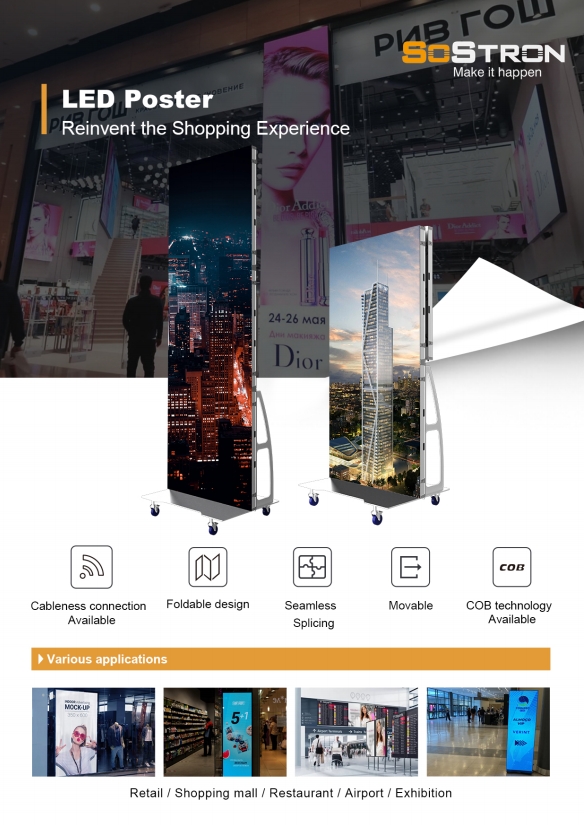
-
Pixel Pitch Options: Available in P1.5mm, P1.8mm, P2.5mm for various clarity needs.
-
Exceptional Visuals: 7680Hz refresh rate + 14-bit grayscale = smooth, vibrant display even under camera capture.
-
LED Packaging Flexibility: Offers both SMD and COB, with COB ensuring better durability and visual performance.
-
Portability & Design: Lightweight (45kg per unit), foldable with wireless setup—ideal for mobile needs.
-
Versatility: Serves retail, malls, restaurants, airports, and exhibitions with ease.
-
High Brightness & Wide Viewing Angle: 600–1000 nits brightness with 160° viewing angles ensure visibility in most environments.
-
Maintenance Friendly: Front maintenance design for easy repairs.
-
Marketing Power: Helps enhance branding and promotion through effective display solutions.
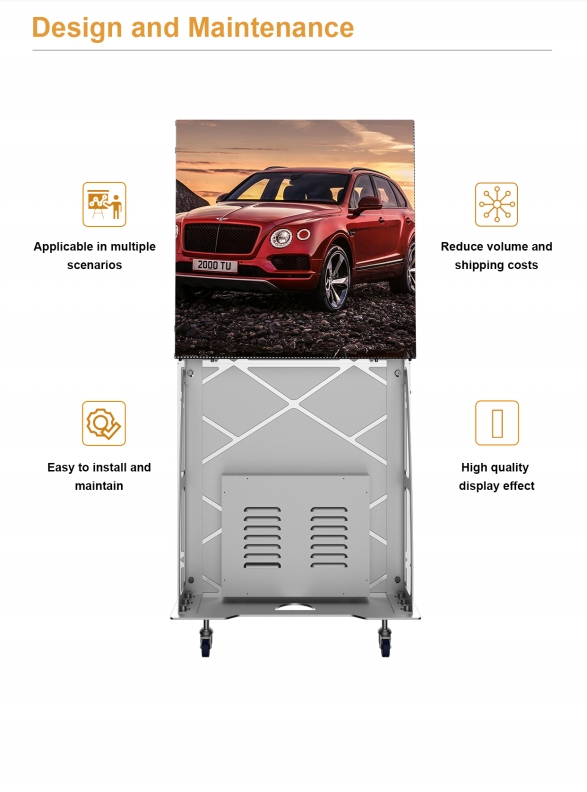
With this guide, you should now have a comprehensive understanding of portable LED displays and be well-equipped to make an informed purchase. Feel free to reach out if you have more questions!

About Dylan Lian
Marketing Strategic Director at Sostron

